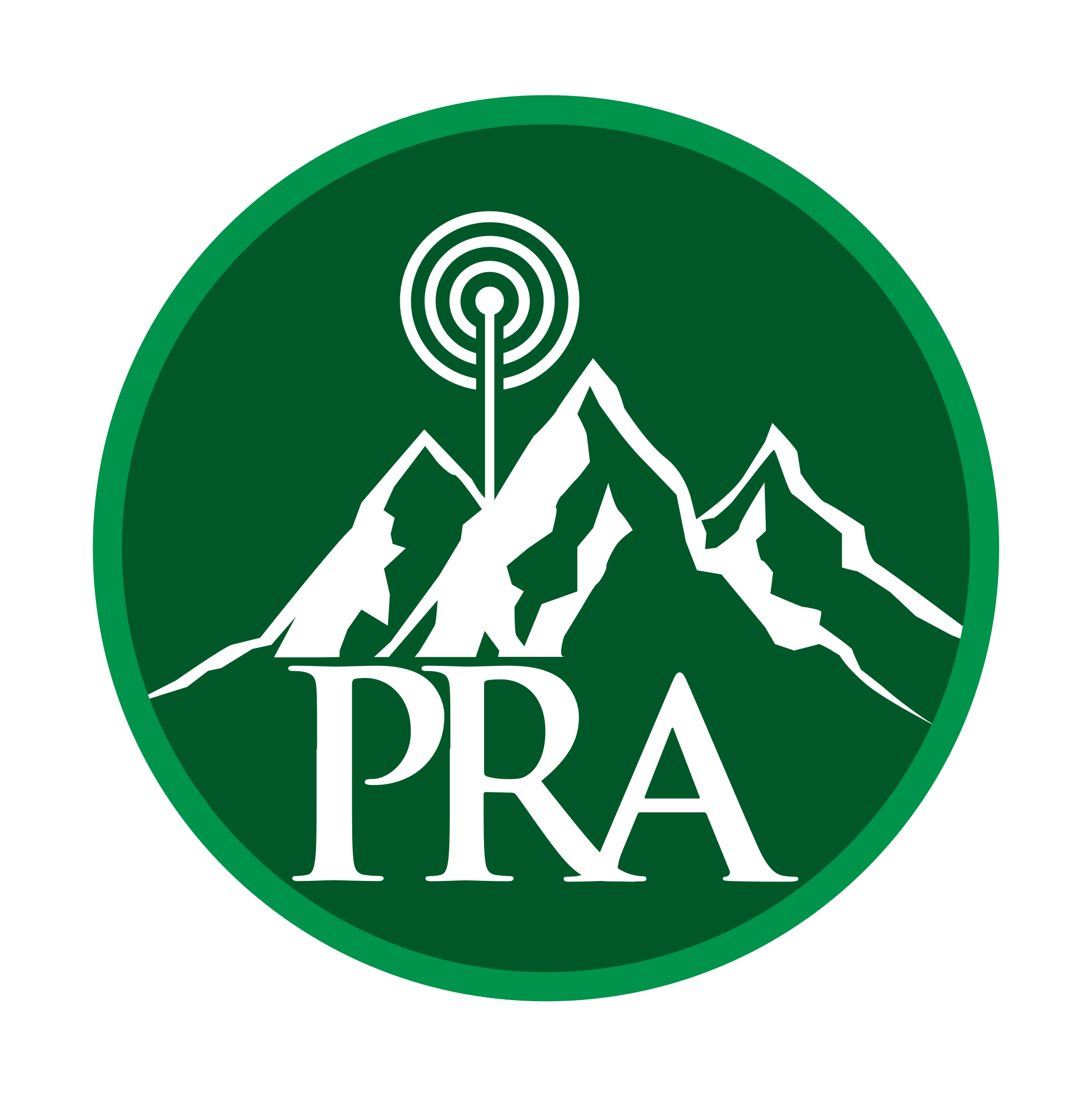
Amateur radio has long been a cornerstone of global communication. As we know, it is an exciting hobby that allows us to explore the world of wireless technology, develop vital communication skills, and engage in communication preparedness. However, as the landscape of communication rapidly evolves, it is essential to ensure the continued growth and relevance of amateur radio. One of the keys to achieving this lies in involving youth and emphasizing the importance of learning and mentoring. This month, we will explore how to build the future of amateur radio by inspiring young minds and fostering a supportive community.
As we progress into the digital age, it is crucial to introduce amateur radio to young people and harness their enthusiasm for technology. With their innate curiosity, adaptability, and proficiency in using various devices, youth bring a fresh perspective to the hobby. Encouraging their involvement in amateur radio can inspire innovative ideas and infuse the community with new energy. The bottom line is that today’s youth embrace technology and competitive situations better than previous generations; with that, both sides have a great opportunity to learn.
Schools, community organizations, and amateur radio clubs can play a pivotal role in introducing young people to the world of ham radio. The PRA has been organizing workshops, presentations, and hands-on activities for several years, and we have successfully sparked their interest and demonstrate the fascinating aspects of this hobby. The next step is to incorporate amateur radio into STEM (Science, Technology, Engineering, and Mathematics) education can help young learners understand the practical applications of these subjects and foster a deeper appreciation for wireless communication.
To build a solid foundation for the future of amateur radio, learning is paramount. Learning extends beyond just obtaining technical knowledge; it encompasses developing communication skills, fostering critical thinking, and embracing lifelong learning. By providing young people with opportunities to learn and explore different aspects of amateur radio, we equip them with valuable skills that transcend the hobby itself.
Amateur radio offers a wealth of learning opportunities, such as understanding electronics, antenna design, and radio propagation. By diving into these areas, youth can enhance their understanding of technology, learn problem-solving techniques, and gain insights into the fundamental principles of physics and engineering. Moreover, amateur radio provides ample chances for learning about geography, history, and cultural exchange, as operators communicate with fellow enthusiasts from around the world.
Mentoring is a key component of nurturing the future of amateur radio. Experienced operators, enthusiasts, and educators have a unique opportunity to share their knowledge and experiences with younger individuals. Mentoring relationships foster personal growth, provide guidance in navigating the intricacies of the hobby, and help young operators develop a sense of belonging within the amateur radio community.
Mentors can offer guidance on technical aspects, provide hands-on training, and inspire youth to explore different facets of amateur radio. They can encourage young operators to participate in contests, build their own equipment, or get involved in public service activities where amateur radio plays a critical role in emergency communication. Within the PRA, our monthly Elmering sessions have been a great opportunity for new hams, of any age, to get this hands on training and guidance. Our Elmering Team, led by Jerry-AG7U and Brad-W0BDT have supported our learning experiences by having great workshops on several topics on amateur radio at a basic, easy to learn environment.
Furthermore, mentoring is not limited to one-on-one relationships. Just like the PRA, amateur radio clubs and organizations can establish mentorship programs, pairing experienced operators with young enthusiasts. These programs can facilitate knowledge exchange, foster a supportive community, and ensure the continuity of the hobby for years to come.
Building the future of amateur radio relies on our ability to engage and inspire youth, emphasize the importance of learning, and foster mentoring relationships. By introducing young people to the captivating world of ham radio, we can tap into their enthusiasm, bring in new perspectives, and ensure the hobby’s continued growth and relevance in the digital era. By providing learning opportunities and creating a nurturing environment, we equip the next generation with the skills and knowledge needed to navigate the evolving landscape of communication. Together, let us embark on a journey to build a vibrant future for amateur radio.
73,
Dan – N2SRK
President
Parker Radio Association









